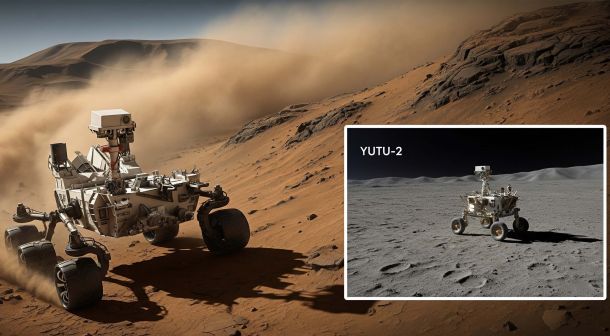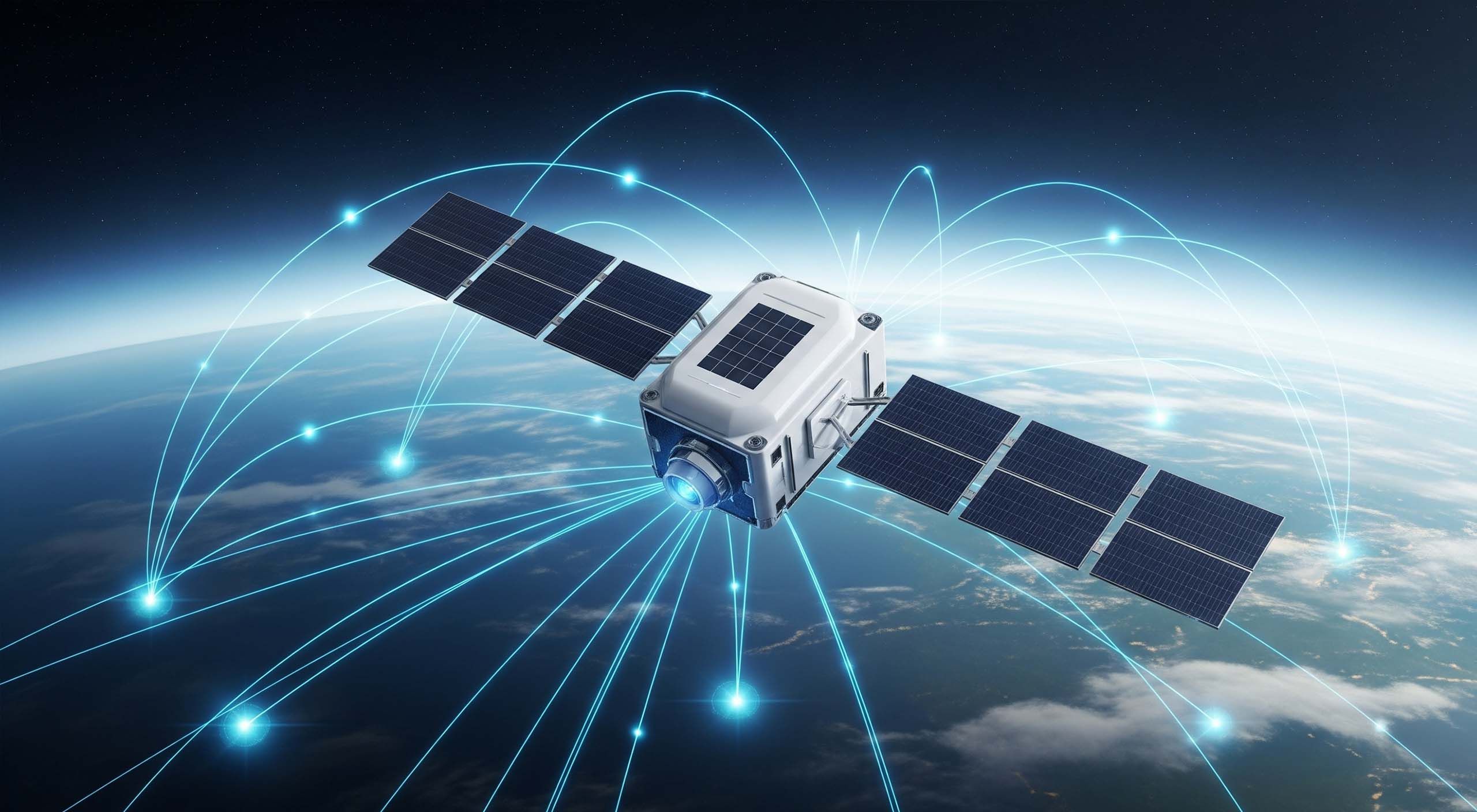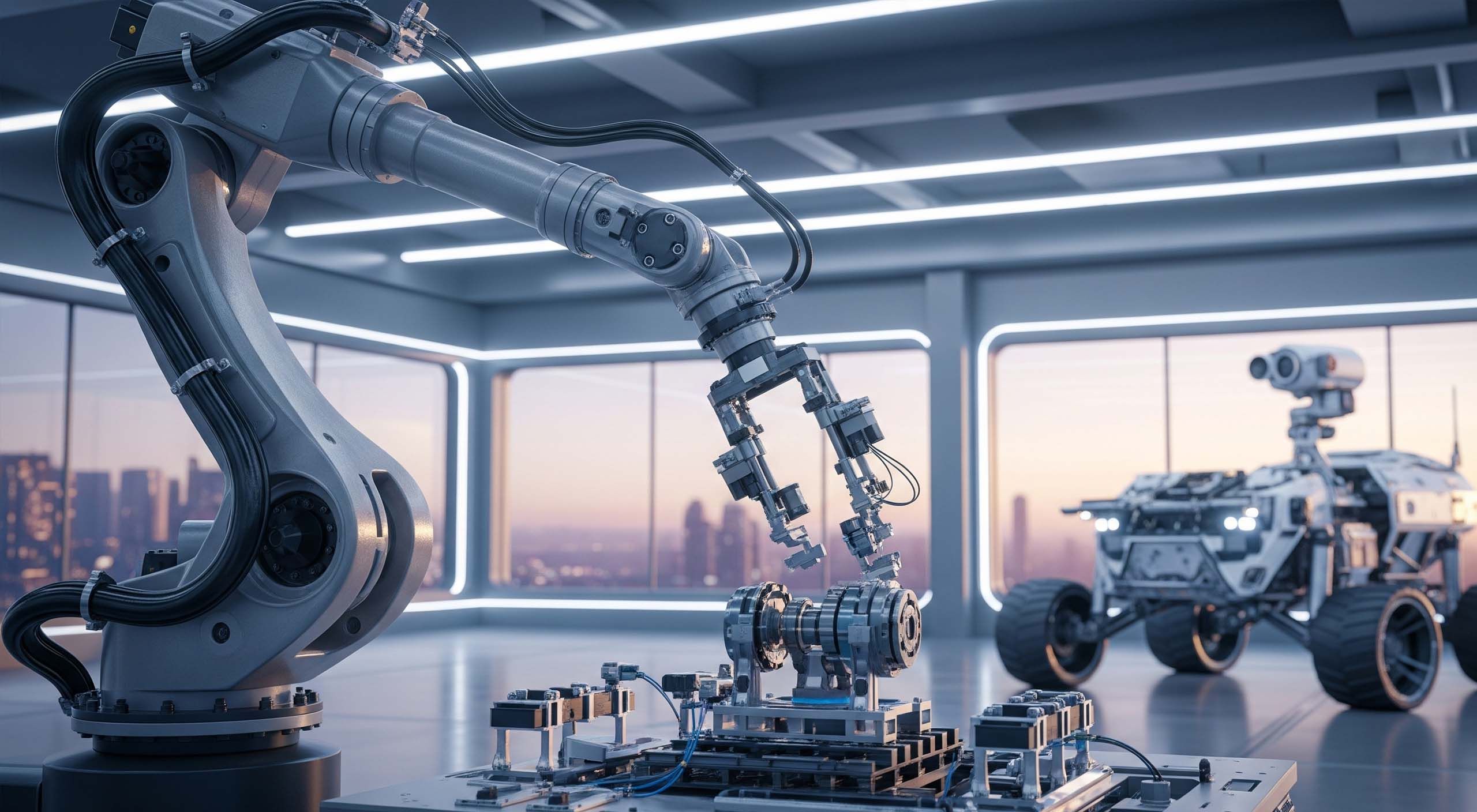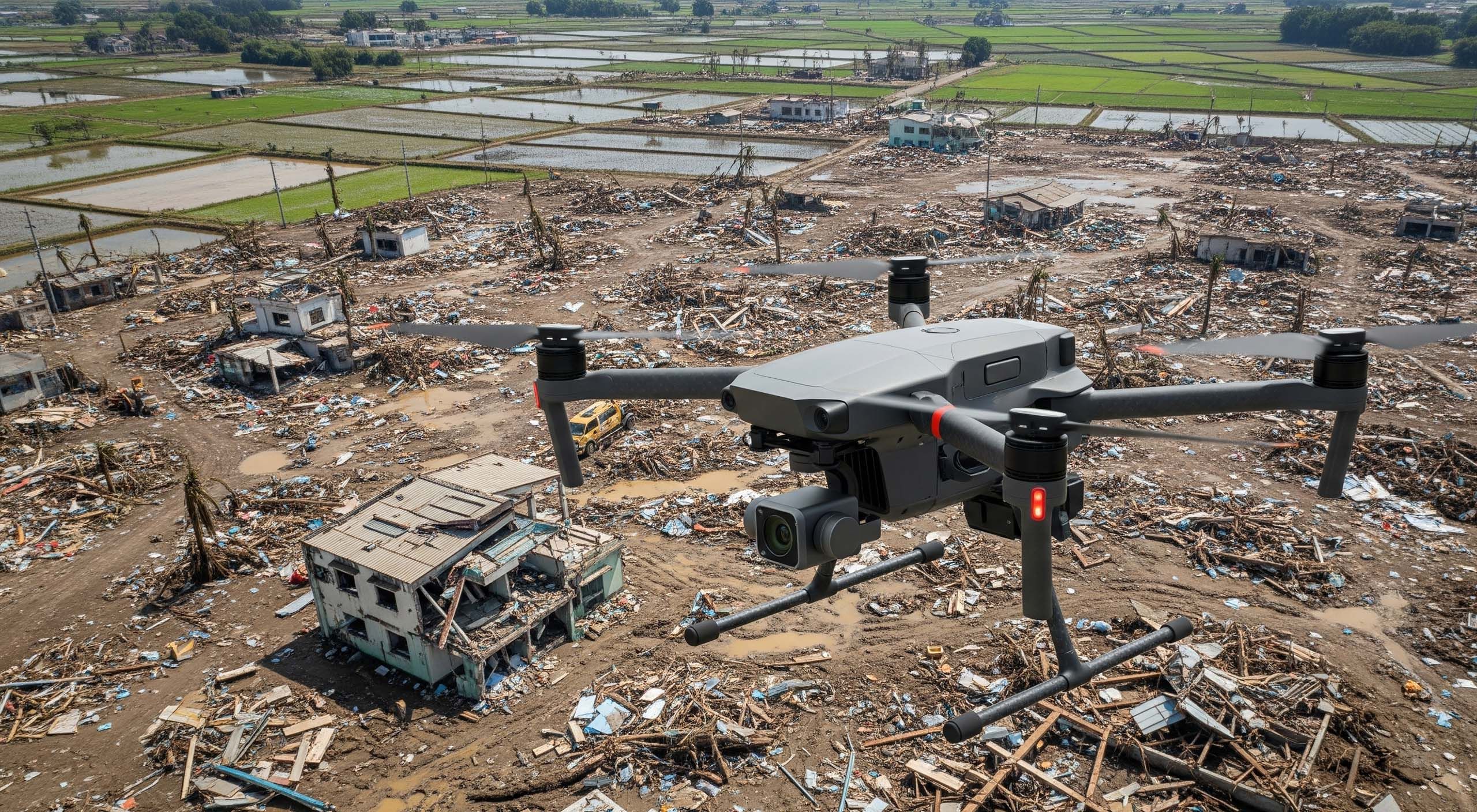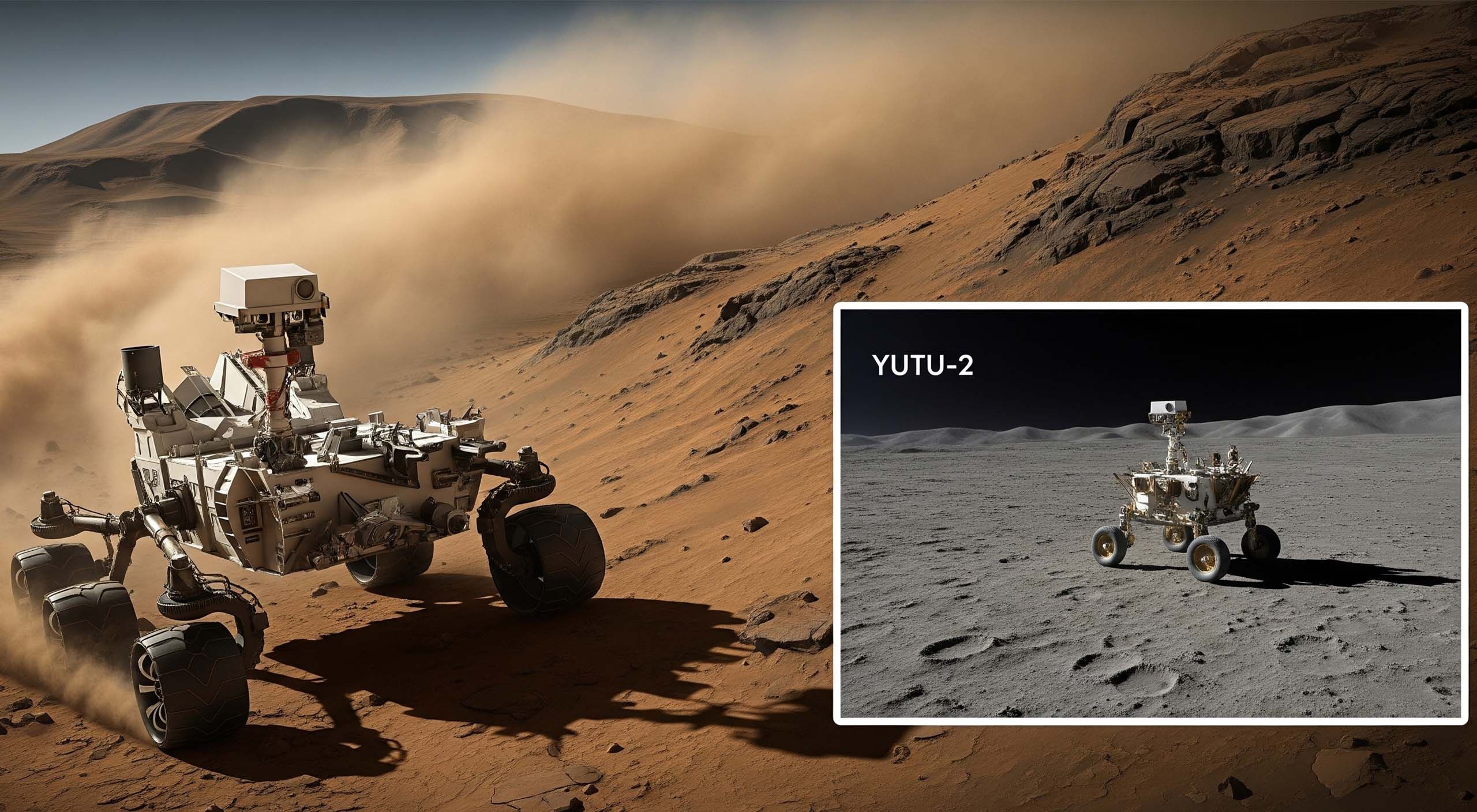The Rise of Urban Air Mobility: Are Flying Taxis Finally Here?
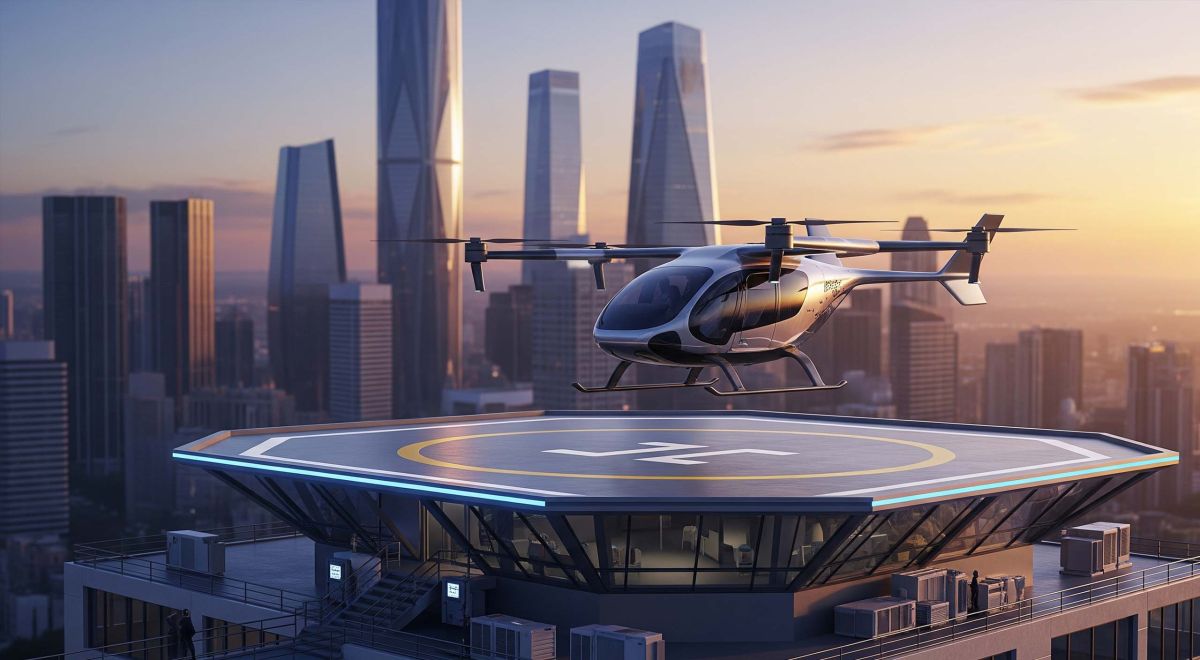
For decades, flying cars and air taxis have symbolized humanity’s dreams of futuristic cities. In 2025, those dreams are finally beginning to materialize, thanks to cutting‑edge advancements in aerospace technology and robotics.
At the heart of this revolution are eVTOLs (electric vertical takeoff and landing aircraft) — quiet, efficient, and highly automated flying vehicles designed specifically for short‑range urban and regional transport.
Why Now? The Technology is Ready
Several breakthroughs have converged to make urban air mobility viable:
✅ Advanced lightweight materials for aircraft bodies.
✅ High‑energy‑density batteries enabling longer flights.
✅ Fly‑by‑wire systems and autonomous navigation powered by robotics and AI.
✅ Safer, quieter electric propulsion systems.
Aerospace manufacturers, startups, and even automakers have joined the race, building fleets of prototype eVTOLs. Robotics plays a critical role in ensuring precision navigation, autonomous control, and safe operations in crowded city airspace.
How Will Flying Taxis Change Cities?
Urban air mobility promises to:
🚦 Reduce road congestion.
🌱 Lower emissions compared to traditional helicopters or cars.
🕒 Save time on commutes and emergency response.
🏙️ Transform cityscapes with “vertiports” replacing parking lots and helipads.
Major cities including Dubai, Los Angeles, Paris, and Tokyo are already investing in urban air mobility infrastructure, with pilot services expected as early as 2026.
Challenges That Remain
Despite the excitement, challenges persist:
-
Regulatory approval and air traffic integration.
-
Public trust in automated flying vehicles.
-
High costs of development and operations.
Nonetheless, the industry’s momentum suggests it’s a question of when, not if, we’ll see skies filled with buzzing eVTOLs.
The Future is Taking Flight
Flying taxis and urban air mobility represent more than a new mode of transport — they’re a glimpse into a smarter, more connected, and efficient future. Aerospace innovation and robotics are proving that our long‑held dreams of soaring above traffic are finally within reach.



